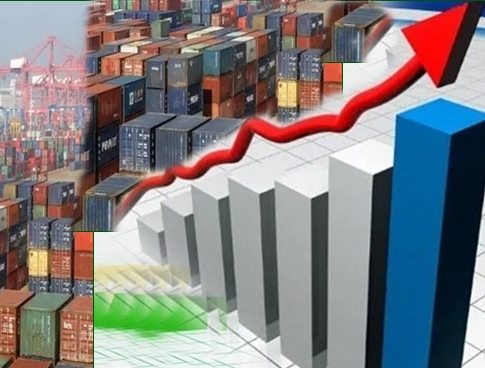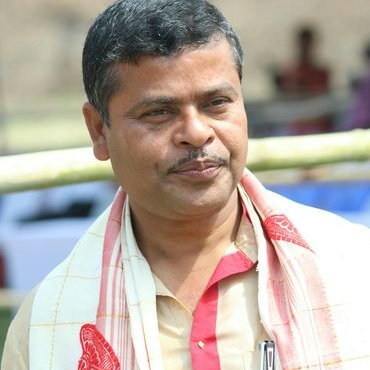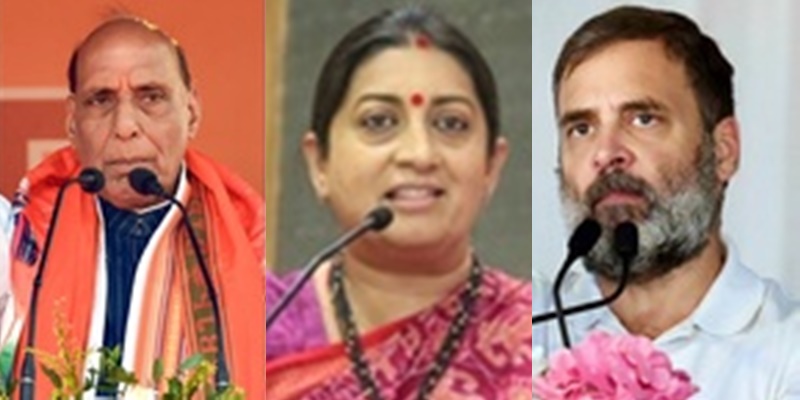Gold imports more than tripled in April to $3.11 billion from $1.01 billion in the same month last year….reports Asian Lite News
India’s goods exports rose 1.07 per cent to hit almost $35 billion in April despite the uncertainties in the global market due to the economic slowdown and geopolitical tensions, according to figures released by the Union Commerce Ministry on Wednesday.
However, imports jumped by as much as 10.25 per cent during the month to $54.1 billion, largely due to an increase in gold purchases
As a result, the merchandise trade deficit for the month was 32.3 per cent higher than a year ago, at $19.1 billion.
Gold imports more than tripled in April to $3.11 billion from $1.01 billion in the same month last year. Gold imports stood at $1.53 billion in March 2024.

Commerce Secretary Sunil Barthwal said he hoped the rise in merchandise exports in the first month of the 2024-25 financial year is a good omen for the coming months.
The sectors that did well on the export front include electronics, pharmaceuticals, chemicals, and petroleum products.
The Ministry has raised its estimate for total exports in 2023-24 to $778.2 billion from $776.7 billion estimated last month, which is 0.42 per cent increase over the record $776.4 billion exports in 2022-23 as services exports are expected to grow at a robust pace.
The President of the Federation of Indian Export Organisations (FIEO), Ashwani Kumar, said that starting the new financial year 2024-25 with a growth of over 1 per cent is a good sign even during such challenging times.
This shows the resilience of the exports sector. The ongoing Russia-Ukraine war coupled with various geo-political tensions such as the Red Sea crisis and the Israel-Hamas conflict has also made the international trade scenario much tougher for Indian exporters, he said.
Kumar also said the tariff war between the US and China may come as an opportunity for India’s export sector.
ICRA chief economist Aditi Nayar said, “Overall, nearly half of the widening in the aggregate merchandise trade deficit between April 2023 and April 2024 was on account of the surge in the value of gold imports amid the rise in global prices.
“As of now, the current account deficit for FY2025 appears likely to print at a modest 1.2 per cent of GDP.”

Boom in Electronics Exports
India’s electronic goods exports increased by 25.8 per cent in the month of April (Year-on-Year), from $2.11 billion in April 2023 to $2.65 billion this year, the Ministry of Commerce and Industry said on Wednesday.
Overall, India’s total exports (merchandise and services combined) in April is estimated to be $64.56 billion, clocking a growth of 6.88 per cent over April last year.
The key drivers of merchandise exports growth included electronic goods, organic and inorganic chemicals, petroleum products and drugs and pharmaceuticals, according to the ministry.
Led by mobile phones, the export of electronics goods has seen a meteoric rise in the last 10 years.
Mobile phone exports from India were Rs 1,556 crore in 2014-15.
According to industry data, cumulative exports of mobile phones during the 2014-2024 period reached around Rs 3,22,048 crore.
The last fiscal year (FY24) alone is estimated to see mobile phone exports at over Rs 1,20,000 crore.
ALSO READ: ‘Picking China over India will rob Musk’











